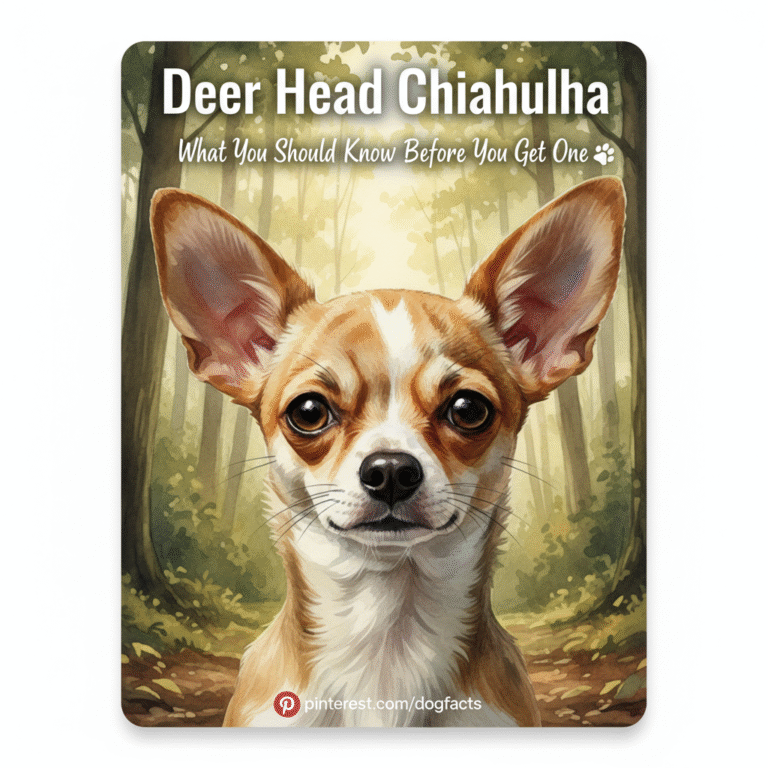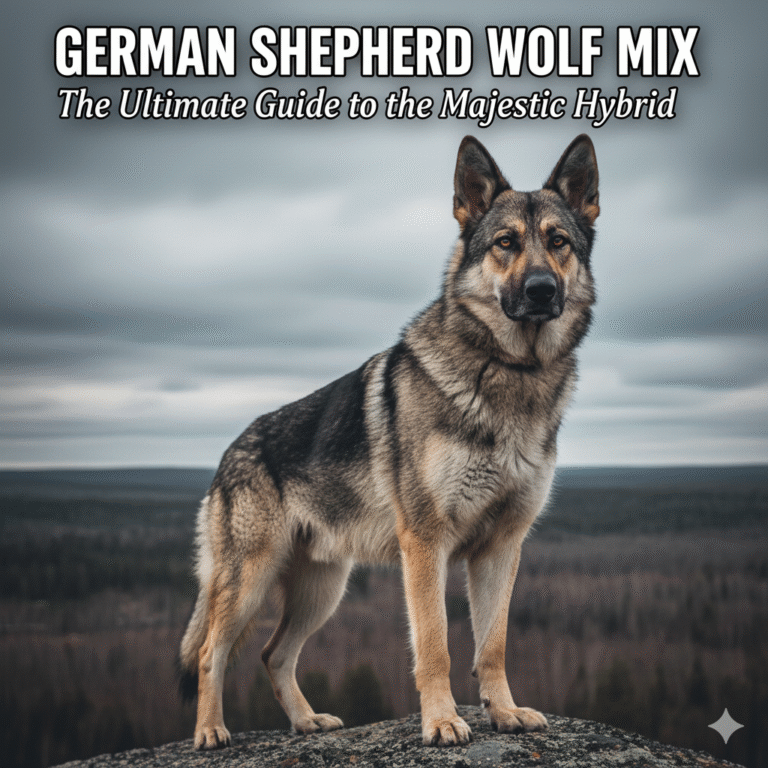Big Dog Breeds A–Z: Complete Big Dog List By Size
Big Dog Breeds A–Z: Complete Big Dog List By Size Big dogs have always fascinated dog lovers with their majestic presence, protective instincts, and loyal companionship. From towering Great Danes to fluffy Newfoundlands, large breeds make excellent family dogs, working partners, and even gentle lapdogs despite their size. In this complete A–Z guide, we’ll explore the most popular big dog breeds, grouped by size, temperament, and purpose.

Why Choose a Big Dog Breed?
Big dogs are known for their intelligence, loyalty, and often calm nature. They make wonderful guardians and companions, but they also require space, exercise, and consistent training. Families who love outdoor adventures or need protective watchdogs often choose large breeds. However, before adopting a big dog, it’s important to consider their needs:
- Space: They thrive in homes with yards.
- Exercise: Most large dogs need at least 1–2 hours of activity daily.
- Feeding: Bigger dogs eat more, so monthly costs are higher.
- Health: They are prone to joint problems and shorter lifespans than small breeds.
Big Dog Breeds A–Z List
Below is a complete list of popular big dog breeds organized alphabetically, with details on their size, temperament, and characteristics.
A
Akita – Powerful and dignified, weighing 70–130 lbs. Loyal and protective family guardians.
Alaskan Malamute – Strong sled dogs, 75–100 lbs, affectionate but need plenty of exercise.
B
Bernese Mountain Dog – Gentle giants, 70–115 lbs, great with families and children.
Bloodhound – Excellent trackers, 80–110 lbs, known for their incredible sense of smell.
Boerboel – South African mastiff, 110–200 lbs, fearless protectors.
C
Cane Corso – Muscular guardians, 90–120 lbs, confident and protective.
Collie (Rough & Smooth) – Larger collies can reach 75 lbs, intelligent herders.
D
Doberman Pinscher – Sleek, strong, 75–100 lbs, loyal and protective.
Dogue de Bordeaux – French mastiff, 100–140 lbs, affectionate but powerful.
E
English Mastiff – One of the largest breeds, 150–230 lbs, gentle and protective.
Estrela Mountain Dog – Portuguese guardian dogs, 90–130 lbs, loyal and watchful.
F
Flat-Coated Retriever – Large retriever breed, 60–80 lbs, friendly and playful.
G
German Shepherd – Versatile working dogs, 65–95 lbs, highly intelligent and protective.
Giant Schnauzer – Strong working dogs, 60–110 lbs, protective and bold.
Great Dane – Towering giants, 110–175 lbs, gentle and affectionate.
Greater Swiss Mountain Dog – Large farm dogs, 85–140 lbs, strong and loyal.
H
Hungarian Kuvasz – Livestock guardian, 70–115 lbs, loyal and independent.
I
Irish Wolfhound – Tallest dog breed, 105–180 lbs, gentle and calm.
Italian Mastiff (Cane Corso) – Similar to Cane Corso, large, muscular protectors.
K
Komondor – Known for corded coats, 80–120 lbs, livestock guardians.
Kangal Shepherd Dog – Turkish livestock protector, 90–145 lbs, very strong.
L
Leonberger – Giant breed, 110–170 lbs, gentle and affectionate with families.
Labrador Retriever (Large Type) – Some lines reach 80–100 lbs, friendly and playful.
M
Mastiff (English, Spanish, Tibetan) – Ranging from 130–230 lbs, protective and calm.
Maremma Sheepdog – Italian guardian breed, 65–100 lbs.
N
Newfoundland – Giant water rescue dogs, 100–150 lbs, gentle and affectionate.
O
Old English Sheepdog – Large herding breed, 60–100 lbs, shaggy coats and playful nature.
P
Pyrenean Mountain Dog (Great Pyrenees) – 85–120 lbs, protective livestock guardian.
R
Rottweiler – Muscular and confident, 80–135 lbs, loyal protectors.
S
Saint Bernard – Famous rescue dogs, 120–180 lbs, affectionate and patient.
Samoyed (Large Type) – 55–80 lbs, fluffy, friendly, and active.
Scottish Deerhound – Tall sighthound, 75–110 lbs, gentle and quiet.
T
Tosa Inu – Japanese mastiff, 100–200 lbs, strong and protective.
Tibetan Mastiff – Powerful guardian, 90–150 lbs, independent and watchful.
W
Weimaraner (Large Line) – Athletic hunting dogs, 70–90 lbs, energetic.
Big Dogs by Size Category
- Large (60–90 lbs): Collies, Weimaraners, Flat-Coated Retrievers.
- Extra-Large (90–120 lbs): German Shepherds, Rottweilers, Great Pyrenees.
- Giant (120+ lbs): Great Danes, Mastiffs, Saint Bernards, Irish Wolfhounds.
Caring for Big Dog Breeds
Nutrition
Big dogs need high-quality food rich in protein and joint-supporting nutrients like glucosamine.
Exercise
Most large breeds require long walks, outdoor play, and mental stimulation.
Training
Obedience training is essential for such strong dogs. Positive reinforcement works best.
Health Concerns
Common issues include hip dysplasia, bloat, and arthritis. Regular vet check-ups are a must.
Pros and Cons of Owning a Big Dog
Pros:
Excellent watchdogs and protectors.
Loyal, affectionate, and often gentle with kids.
Majestic presence and companionship.
Cons:
Require more food, exercise, and space.
Shorter lifespans than smaller breeds.
Expensive medical care due to size.
Conclusion
Big dog breeds bring love, loyalty, and protection into any household. Whether you admire the elegance of the Irish Wolfhound, the power of a Rottweiler, or the gentle nature of a Newfoundland, there’s a big dog for every family. Choosing the right one depends on lifestyle, space, and dedication to proper care. If you’re ready for the responsibility, a big dog can be your best friend for years to come.
(FAQ) Big Dog Breeds A–Z: Complete Big Dog List By Size
1. What is the largest dog breed in the world?
The English Mastiff holds the record for weight, while the Irish Wolfhound is the tallest.
2. Are big dogs safe with kids?
Yes, many large breeds are gentle with children, but supervision and training are important.
3. Do big dogs live long?
Most large dogs live 8–12 years, though some breeds may live longer with proper care.
4. Are big dogs harder to train?
Not necessarily. Intelligent breeds like German Shepherds and Rottweilers train easily with consistency.



